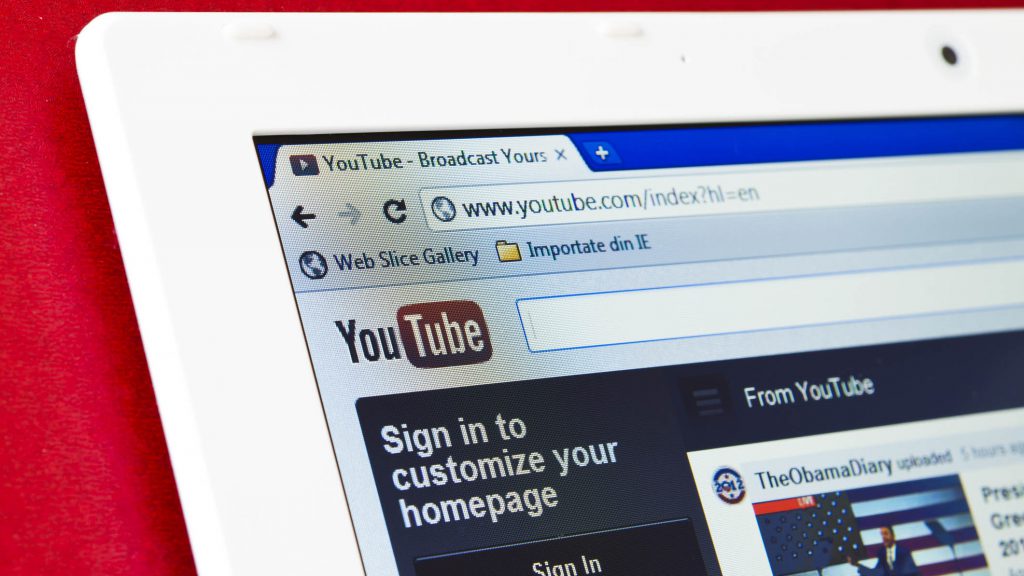The use of YouTube in schools: a digital revolution in the classroom?
 Teachers and parents may not have noticed, but students are not only using YouTube for fun. According to a study carried out in Germany, many students watch videos to learn about various subjects. But, how does this affect the education programme?
Teachers and parents may not have noticed, but students are not only using YouTube for fun. According to a study carried out in Germany, many students watch videos to learn about various subjects. But, how does this affect the education programme?
YouTube is known as a website that features musical videos. However, this istreaming platform offers much more than entertainment. A study carried out among 800 German students aged 12 to 19 found that 50 percent use the platform to watch educational clips. Even in Malta, YouTube has become an important tool for youths and is a digital culture centre.
I do not think I am wrong in saying that this educational aspect of YouTube has not yet been recognised or sufficiently appreciated. The trend of students watching YouTube clips for educational purposes is growing and is undervalued by some parents and teachers.
Some students use YouTube to go over material that they may not have fully grasped at school. They also look for informative videos that help them prepare for homework and exams. Clips on YouTube that offer music, art and drama lessons are also a source of inspiration.
These changing learning habits should encourage teachers to adapt their teaching methods. Teachers should not only keep up to date on what is happening on YouTube and other social media sites; they should also incorporate more self-learning methods in their lessons.
Educational experts predict that, given the growing trend of auto-learning, the teachers’ role will soon take more of an educational coach aspect. Teachers could, for example, help students evaluate the content of clips that they find on the internet. Like any other content that is posted online, it is not always easy to determine the quality of educational clips. Students should be conscious of the fact that those who upload clips on YouTube may be promoting products online commercially.
Overall, I think that there are benefits to using YouTube clips as these offer new ways of teaching that complement traditional teaching. Cultural clips can encourage youths to explore and embrace new ways of cultural participation.
On a general note, our schools already practise digital education that contributes to strengthening the relationship between one generation and the other. The digital revolution in our classrooms is moving space!
